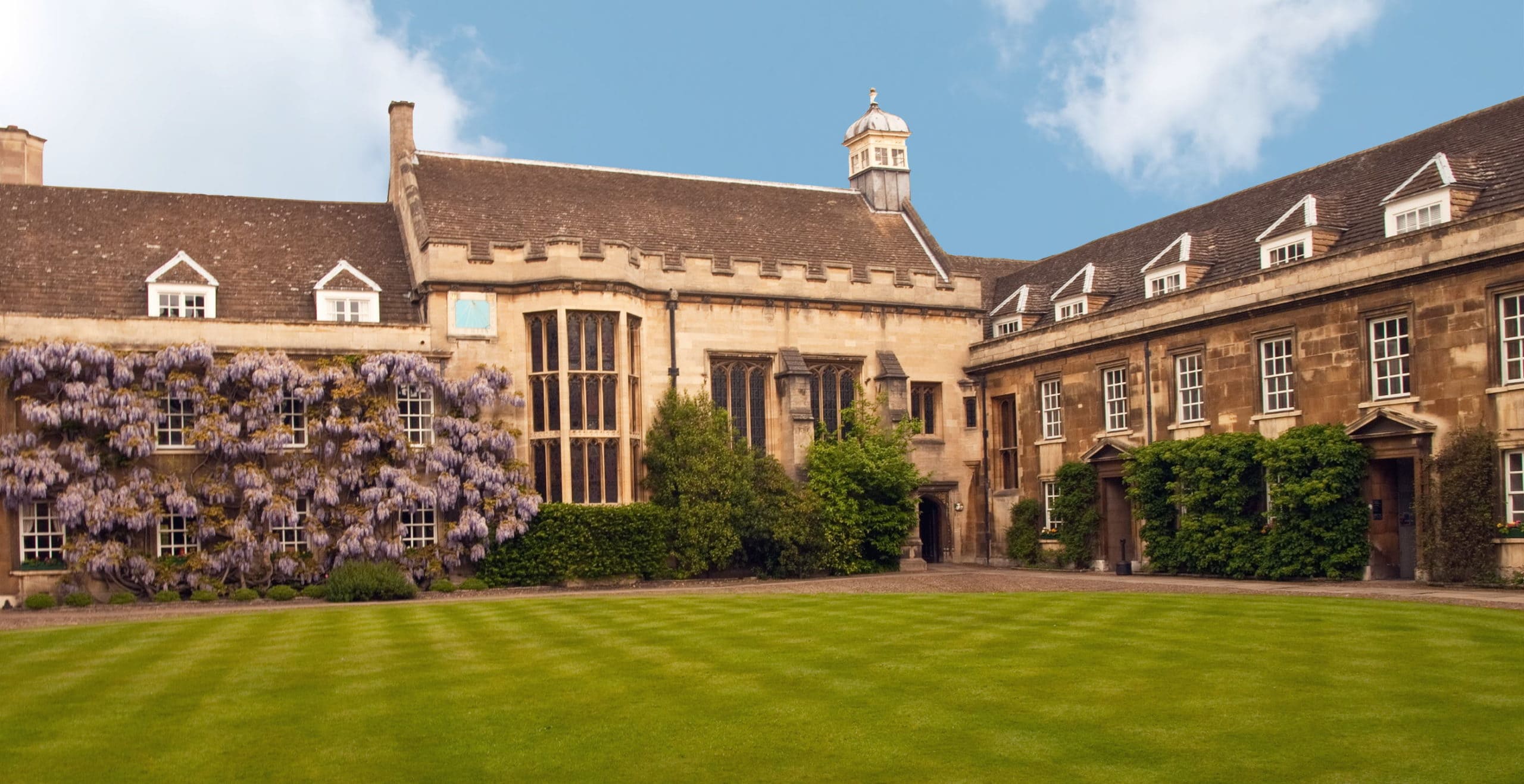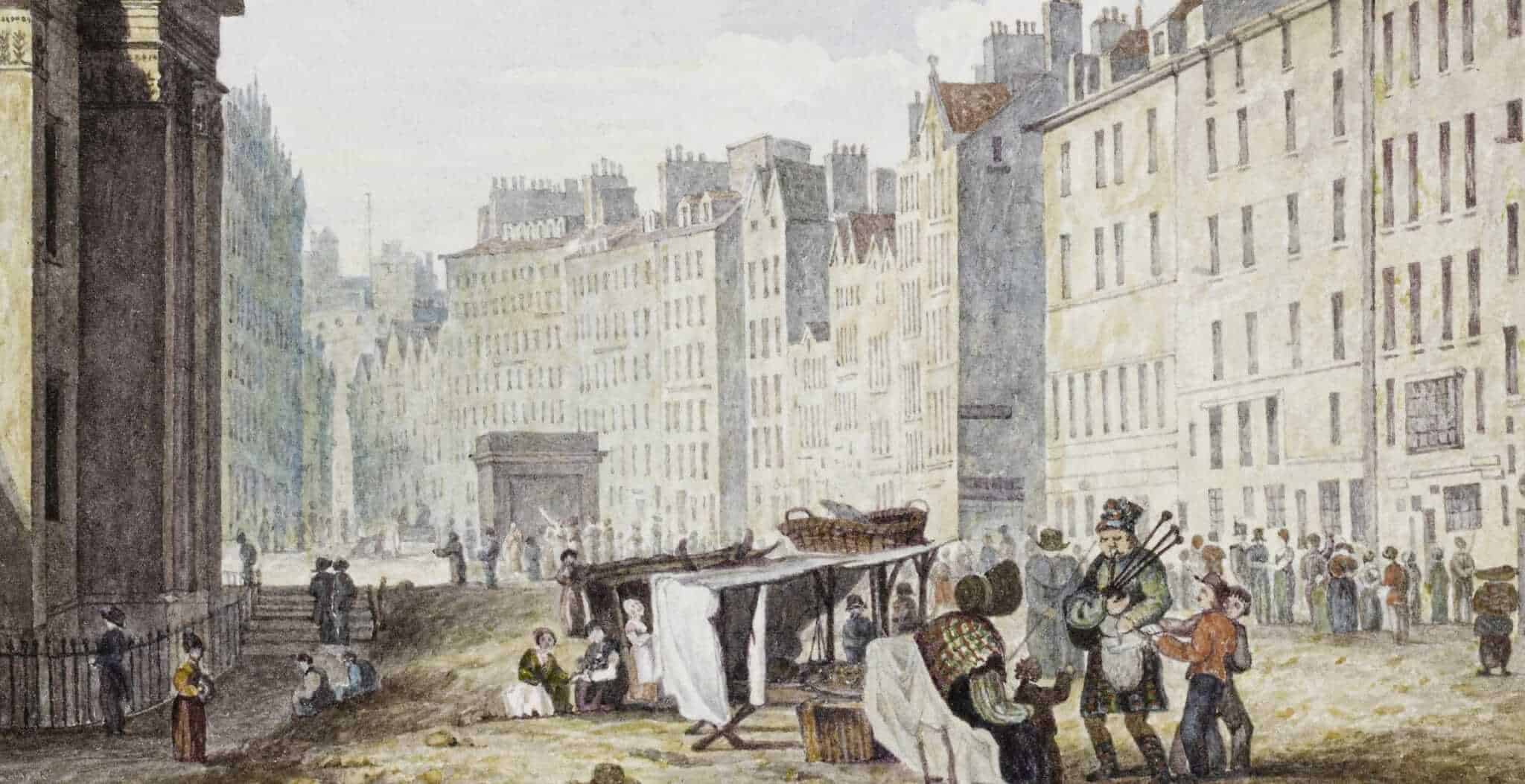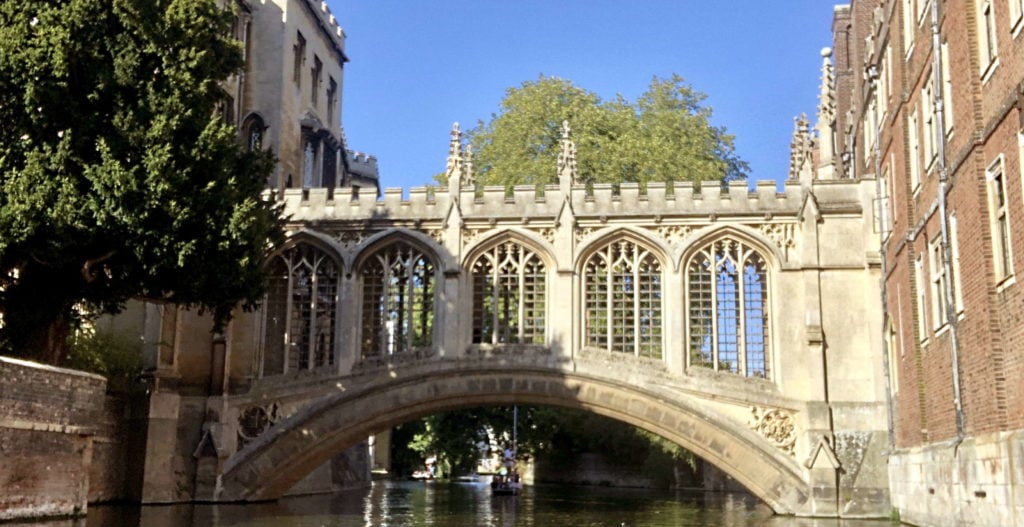When we are in Cambridge, we are in a city of intellectual giants. This is the city of Stephen Hawking, Alan Turing, Ludwig Wittgenstein, just to name a few, and of course, Charles Darwin. He would study in this city for three years, from 1829 to 1831 in Christ’s College.
In a place that is proud of its heroes, Charles Darwin is everywhere in this historic city: in its rich historical centre with its magnificent museums, colleges, market, houses of eminent figures of knowledge, bridges such as the Mathematical Bridge, churches and the old same student atmosphere as always. It was from here that he embarked on the journey of a lifetime of discovery on HMS Beagle.
Once in the city centre, you need to start your visit at Christ’s College where Charles Darwin studied from 1829 to 1831. Here the college has created a garden to mark his exceptional life with a bronze sculpture by Anthony Smith.
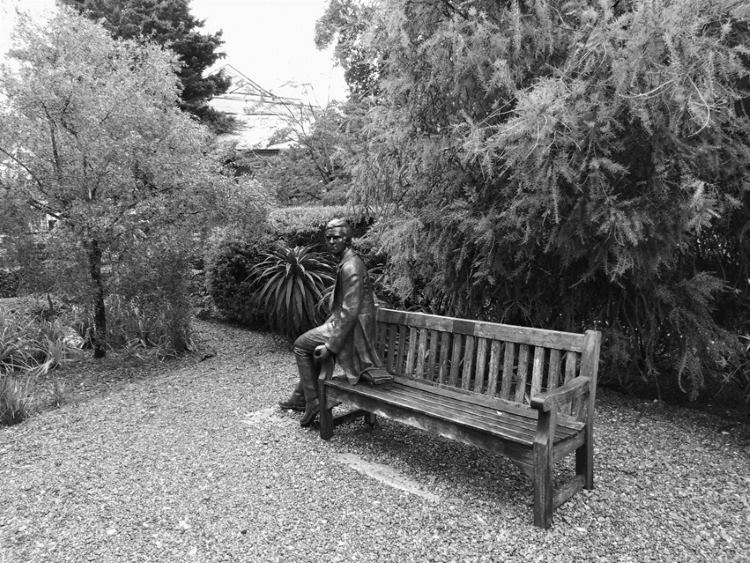
Surrounded by plants that remind us of his travels, the garden officially opened during the celebrations of his bicentenary, on February 20th, 2009. The other place to visit in the college is his college room on the south side (first court, first floor) in a building dating from the early sixteenth century. The room was restored in 2008, preserving another site related to one of the city of Cambridge’s great heroes.
Elsewhere in the city, you can visit the Museum of Zoology. During Darwin’s journey on the Beagle, he sent specimens back to his teacher, Professor Henslow. In the museum, you can find some of these specimens, including the famous Galapagos finches. Other specimens came to the museum after his death, kindly donated by his family. Without a doubt, one of the highlights of the museum is the Darwin Beetle Box. Darwin was very enthusiastic about his collection of beetles, begun during his time at Cambridge University. The box contains part of that collection, with many ground beetles: some of these species can still be found around Cambridge. Others, unfortunately, have disappeared forever.
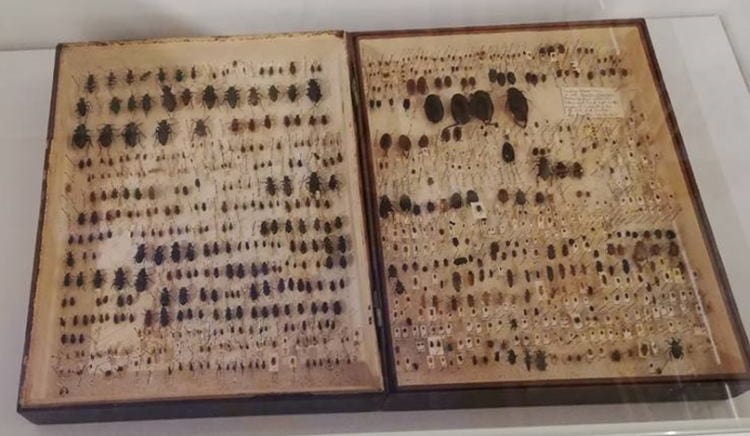
At Sedgwick Museum of Earth Sciences, we find another side to this man: Charles Darwin, Geologist. On the voyage of HMS Beagle (1831-1836), Darwin collected many rocks, and the Sedgwick Museum tells their story. Here we can see how he developed his geological ideas during the voyage, the importance of geology in the work produced by Darwin throughout his scientific career, and how the work developed by him became a reference for today’s geologists. In this exhibition, it’s possible to see where Darwin collected all these rock samples, through an interactive projection. The museum also boasts his notebooks and scientific instruments.
The collection of Charles Darwin’s papers is essentially a result of his son Francis’s work. It’s a collection of letters and papers that the family owned when Francis died. Today it’s possible to find this collection in Cambridge University Library. Later in 1975, the library acquired a further collection and since then they have acquired even more, growing the collection further. In the Manuscripts Reading Room it’s possible to find catalogues of Darwin papers and online, in the Darwin Manuscripts Project.
The Whipple Museum of History of Science showcases some of Darwin’s microscopes. These microscopes show that he was a very experienced and qualified microscopist.
Finally a visit to Darwin’s house, one of the places where the scientist lived when he was in Cambridge, situated behind a door in the middle of the Fitzwilliam Street that often goes completely unnoticed. This house, which can only be seen from the outside, was the place where he lived after returning from the Beagle voyage in 1837.
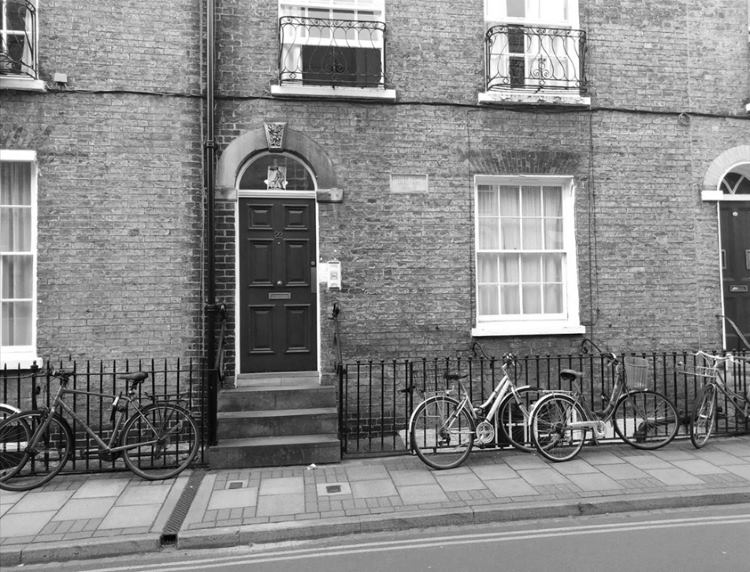
For all those interested in history, science, or particularly in the scientific work of Darwin, Cambridge is the place to go. This city is where Darwin grew up as a scientist and took his first steps in science.
Hugo Vaz Pontes Mestre is student of History at Cambridge, freelance writer and someone who always looked at history passionately.
Find out more about this city of intellectual giants by browsing our Selected Tours of Cambridge.
Want to discover more about Darwin? We recommend the Private Tour to Charles Darwin’s Down House in Greater London.
